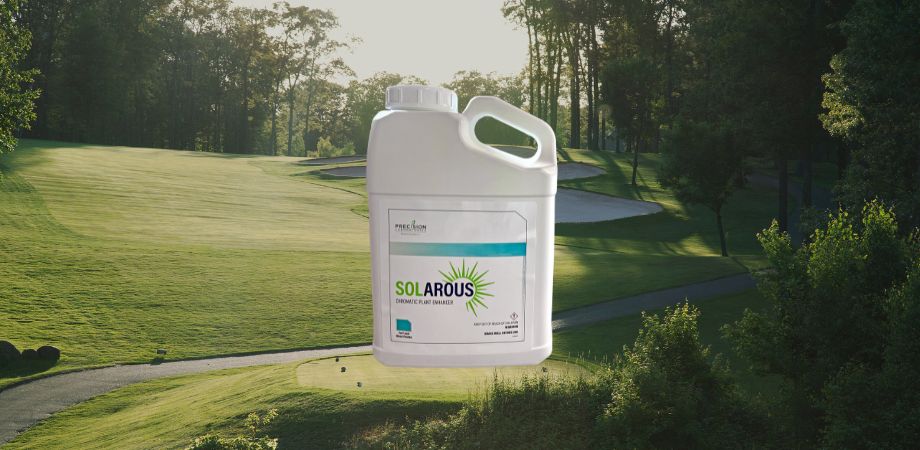What are winter annual weeds? How and when can you control them? Keep reading to find out.
Winter annual weeds germinate in the fall and live through the winter. Their life cycle is opposite that of other annual weeds, which germinate in the spring and die in the fall. Unlike perennial weeds, annual weeds live just one year. Before they die in the spring, winter annual weeds flower and produce seeds, which then germinate in the fall and start the cycle all over again.
Some examples of winter annual weeds are annual bluegrass, bedstraw, common chickweed, deadnettle, henbit, prickly lettuce, shepherd’s purse, and speedwell. Of course, the winter annual weeds in your area will depend on location and climate. Some “annuals” in cool-season grasses grow as perennials in warm-season grasses because warmer conditions allow them to live longer.
To control winter annual weeds, prevention is crucial. Make a pre-emergent herbicide application in the fall to prevent weed seedlings from growing into the spring. The best way to time this pre-emergent application is by soil temperature, as it is the factor that determines weed seed germination. Seeds germinate at slightly different soil temperatures, but 70°F is a good rule of thumb for timing a fall pre-emergent application. Wait for several consecutive days of 70°F soil temperatures before applying your herbicide.
Consult your ATS representative for help identifying the best pre-emergent herbicide for winter annual weeds on your property. With careful selection and application timing, you can avoid another cycle of annual weeds next year.












